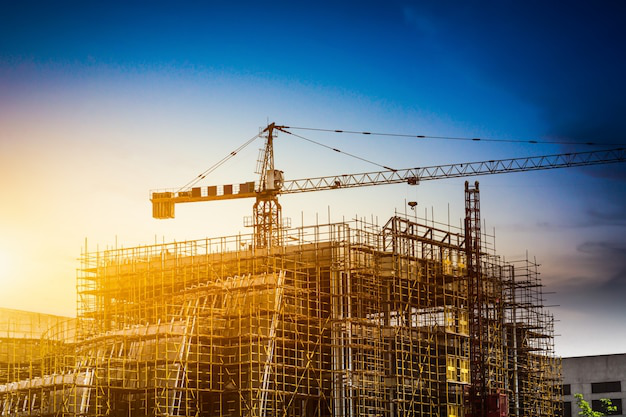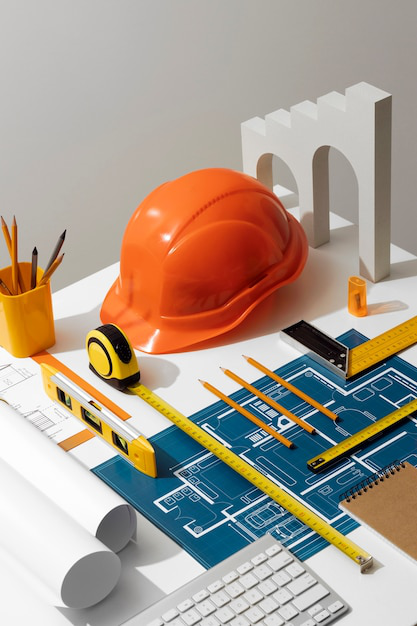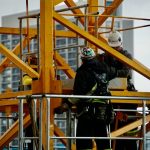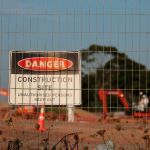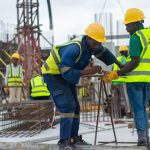Ensuring safety on your NYC construction site is crucial. Keeping pace with the evolving NYC Construction Safety Code Revisions (BC 33) can feel overwhelming, especially with the updates that came into effect on November 7, 2022.
But fret not! This post will guide you through some key changes implemented in 2022, helping you navigate these updates and ensure your projects comply with the latest safety regulations.
Focus on Construction Superintendent Duties (BC 3301.13.7)
The revised code clarifies the role of construction superintendents. Previously, exceptions existed regarding their presence for specific tasks. The 2022 update removes some of these exceptions, emphasizing the superintendent’s responsibility to be on-site for most activities.
Additionally, the revision clarifies that interior hoists in fully enclosed buildings can now be used to transport both personnel and materials.
Enhanced Watchperson Training Requirements
The revised code strengthens watch person training requirements. Previously, only watchpersons on major buildings needed OSHA 10 training. Now, all watchpersons, regardless of project size, must have this training. Furthermore, the code emphasizes the importance of fire safety knowledge by requiring an FDNY watch person certification, replacing the previous “FDNY fireguard certification” wording.
Demolition Safety Zones and Exceptions (BC 3306)
The code offers some flexibility regarding demolition safety zones. Minor alterations and repairs that don’t use mechanical demolition equipment (except handheld tools) are exempt from requiring a safety zone.
A new exception allows omitting the safety zone if the exterior is enclosed with a “site-specific engineered enclosure,” scaffold, or a supported vertical netting, but only for non-mechanical demolition. When a safety zone is necessary, the required size depends on the demolition stage for mechanical demolition (half the building height at any point). If complying with the safety zone requirement proves difficult, contractors can still request a variance.
Strengthened Protection for Pedestrians (BC 3307)
The revised code prioritizes pedestrian safety by expanding protection measures. Construction projects with overhead work now require protection for bicycle lanes in addition to sidewalks. This protection must comply with Department of Transportation (DOT) regulations.
Changes to Sidewalk Shed Requirements
The revisions introduce stricter requirements for sidewalk sheds. Professional design is now mandatory for all sidewalk sheds, whereas previously, BSA-approved standard designs were an option.
The required minimum distance between vertical posts on sheds for large new buildings has been raised to 10 feet from the previous 8 feet, and horizontal bracing should be a minimum of 8 feet high above the ground (Urban Umbrella design exempt). The new code permits the use of see-through materials for the sidewalk deckshed; however, storing items on these decks is not allowed.
Additional Considerations
- Sidewalk shed parapets now require wired galvanized screens in place of solid wood. Inclined braces must be made of metal. Solid parapets are still required for partial or full exterior demolition (except façade maintenance and repair).
- Sidewalk shed color options have been modified. Solid parapets can be metallic gray or hunter-green. Mesh parapets can be the same colors or white (Urban Umbrella only).
- Weekly inspections are mandated for both sidewalk sheds and fences when both are present on a site. Documentation of inspections is required.
Staying Informed and Compliant
These are just some of the key changes introduced by the NYC 2022 Construction Safety Code Revisions (BC 33). Read full revisions at the NYC DOB website.
Confused by the recent NYC 2022 Construction Safety Code Revisions (BC 33)? Don’t navigate the changes alone! RC Safety Inc. can help. Our team of DOB-licensed construction superintendents and experienced site safety consultants can ensure your project adheres to the latest regulations. We provide professional site safety services to keep your workers and the public safe in NYC. Contact RC Safety today for a consultation!


